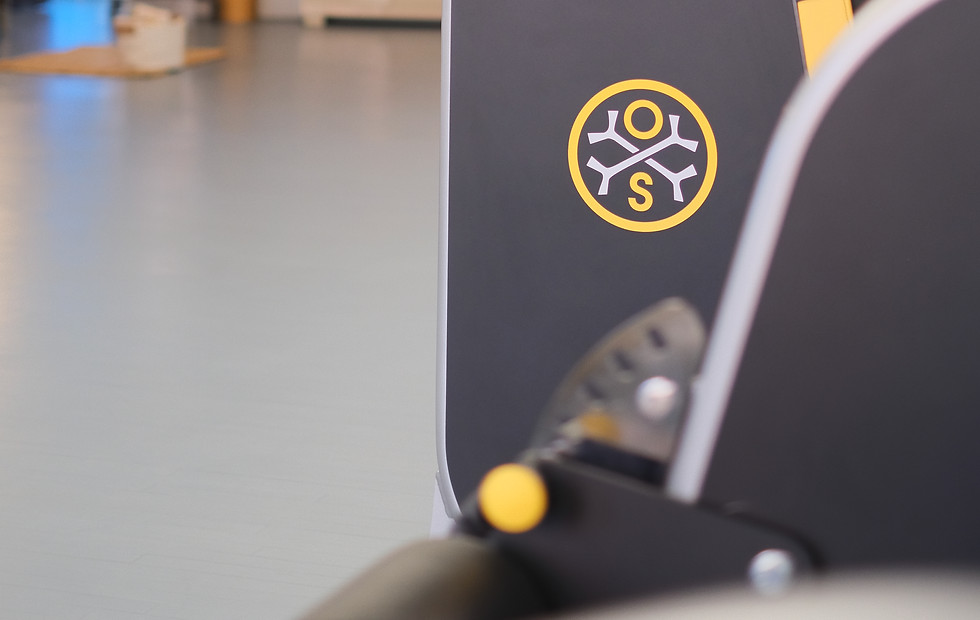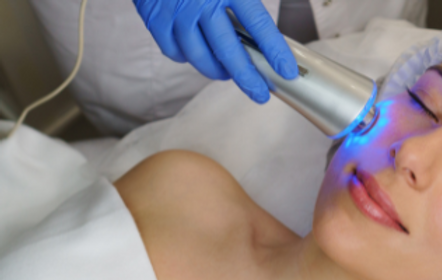

BOOK A TREATMENT
20 min
99 US dollars10 min
229 US dollars

TREATMENTS & THERAPIES

Platelet Rich Plasma and Fibrin
Platelet Rich Plasma (PRP) is a medical treatment that involves injecting a patient’s concentrated platelets into injured tissue to promote healing. PRP is made by drawing a patient’s blood and using a centrifuge to separate out the platelets from the other blood components. The office uses PRP to treat a myriad of issues: sport injuries, muscular pain, damaged tendons and ligaments, hair loss, skin inflammation, and arthritis. To learn more about the PRP creation process, we recommend this video.

Peptide Therapies
Peptides are short-chain amino acids that play a central role in the body’s physiological processes. They are naturally found in the body or can be compounded into supplements and injectables. Peptides are involved in many physiological functions and systems, including in the digestive system, endocrine system, and cellular matrix. Dr. O’Neil administers a variety of peptides in her treatment plans, including peptides like BPC, GLP-1, KPV, Gonadorelin, Thymosin Alpha-1, and Thymosin Beta-4. She primarily uses peptides to treat gastrointestinal issues, endocrine dysfunction, inflammation, and injured cellular tissue.

Intravenous Fluids
(IVs)
IVs are an efficient way of supplying the body with essential nutrients, vitamins, minerals, and hydrating fluids. IVs can be used to treat fatigue, TBI, concussion, or a weakened immune system — all with the ultimate goal of giving the body the tools to return to homeostasis and restore its interconnected systems. We offer a range of IV concoctions, including those infused with Vitamin C, Vitamin B, and Vitamin B12. IVs will be administered based on your treatment plan.

The Galleri® Test: Early Cancer Screening for Many of the Deadliest Cancers.
Adding multi-cancer early detection gives healthcare providers a chance to screen for cancers that often remain asymptomatic until it is too late to meaningfully intervene.1 Today, individual screening tests are recommended for 5 specific cancers.2 Yet, about 70% of cancer deaths are from cancers without recommended screening.2,3* The Galleri test identifies DNA shed by cancer cells in the bloodstream. Used in addition to current guideline single-cancer screenings, the Galleri test screens for many of the deadliest cancers that have no recommended screening, such as pancreatic, esophageal, ovarian, liver.1,3** The Science Behind Galleri All cells, cancer and non-cancer, shed cell-free DNA (cfDNA) into the bloodstream.3 The Galleri test looks for a cancer signal by analyzing methylation patterns of cfDNA in the bloodstream using next-generation sequencing and machine learning algorithms.4 Methylation is a process used by cells to regulate gene expression. cfDNA can carry cancer- and tissue-specific information in its methylation patterns.5 Different cancers shed DNA into the bloodstream at different rates.6 The proportion of cfDNA from cancer cells in the blood tends to increase as cancer progresses.7The greater the proportion of cfDNA from cancer cells in a sample, the stronger the cancer signal and the more likely it is to be detected by the Galleri test.8 The DNA methylation patterns also provide information about the Cancer Signal Origin. When a cancer signal is detected, the Galleri test predicts the origin of the signal with high accuracy to help guide the next steps to diagnosis. Clinically validated by two key studies with more than 20,000 participants, the Galleri test is supported by the PATHFINDER study (published in The Lancet) and the Circulating Cell-free Genome Atlas study.1,9 Learn more about the Galleri test at Galleri.com. The Galleri test does not detect a signal for all cancers and not all cancers can be detected in the blood. False positive and false negative results do occur. The Galleri test should be used in addition to healthcare provider-recommended screening tests. Galleri is a screening test and does not diagnose cancer. Diagnostic testing is needed to confirm cancer. The Galleri test identifies DNA in the bloodstream shed by cancer cells and does not predict future genetic risk for cancer. Rx only. *Assumes screening is available for all prostate, breast, cervical, and colorectal cancer cases and 43% of lung cancer cases (based on the estimated proportion of lung cancers that occur in screen-eligible individuals older than 40 years). **Sensitivity in study participants with: Pancreas cancer: 83.7% overall (61.9% stage I, 60.0% stage II, 85.7% stage III, 95.9% stage IV). Esophagus cancer 85.0% overall (12.5% stage I, 64.7% stage II, 94.7% stage III, 100% stage IV). Ovary cancer: 83.1% overall (50.0% stage I, 80.0% stage II, 87.1% stage III, 94.7% stage IV). Liver/bile duct cancer: 93.5% overall (100% stage I, 70.0% stage II, 100% stage III, 100% stage IV). Important Safety Information The Galleri test is recommended for use in adults with an elevated risk for cancer, such as those aged 50 or older. The Galleri test does not detect all cancers and should be used in addition to routine cancer screening tests recommended by a healthcare provider. Galleri is intended to detect cancer signals and predict where in the body the cancer signal is located. Use of Galleri is not recommended in individuals who are pregnant, 21 years old or younger, or undergoing active cancer treatment. Results should be interpreted by a healthcare provider in the context of medical history, clinical signs and symptoms. A test result of No Cancer Signal Detected does not rule out cancer. A test result of Cancer Signal Detected requires confirmatory diagnostic evaluation by medically established procedures (e.g. imaging) to confirm cancer. If cancer is not confirmed with further testing, it could mean that cancer is not present or testing was insufficient to detect cancer, including due to the cancer being located in a different part of the body. False-positive (a cancer signal detected when cancer is not present) and false-negative (a cancer signal not detected when cancer is present) test results do occur. Rx only. Laboratory / Test Information The GRAIL clinical laboratory is certified under the Clinical Laboratory Improvement Amendments of 1988 (CLIA) and accredited by the College of American Pathologists. The Galleri test was developed and its performance characteristics were determined by GRAIL. The Galleri test has not been cleared or approved by the Food and Drug Administration. The GRAIL clinical laboratory is regulated under CLIA to perform high-complexity testing. The Galleri test is intended for clinical purposes.
WELLNESS CLINIC
Our office hosts a state-of-the-art wellness center. You will have access to the most effective technology in the regenerative field.

OsteoStrong exercise equipment deploys brief, intense exposure for optimal bone, muscle, tendon, and ligament health. Consistent sessions may improve bone mineral density, prevent osteoporosis, and enhance overall bone and muscle strength.

The HBOT is a pressurized air chamber that delivers pure oxygen to a patient. This treatment can be beneficial for many conditions, including neurological, lung, skin, joint, soft tissue, and all wound healing.

The BioCharger transmits light (red and blue), pulsed electromagnetic fields (PEMF), and harmonics to a patient. This treatment may boost energy, hasten recovery, and improve athletic performance. This is the device for “grounding”.

A SECA scan is a non-invasive body composition test that discerns the ratio of muscle, bone, visceral fat, and water.